From beyond the Kwango
Tracing the Linguistic Origins of Slaves Leaving Angola, 1811-1848
DOI:
https://doi.org/10.1590/2236-463320161203Keywords:
Atlantic slave trade, Origins, AngolaAbstract
The Kwango River has long been viewed as the limit of the transatlantic
traders’ access to the main sources of slaves in the interior of Angola,
the principal region of slave embarkation to the Americas. However, no
estimates of the size and distribution of this huge migration exist. This
article examines records of liberated Africans from Cuba and Sierra Leone
available on the African Origins Portal to estimate how many slaves came
from that particular region in the nineteenth century as well as their
ethnolinguistic distribution. It shows that about 21 percent of the slaves
leaving Angola in that period came from beyond the Kwango, with the
majority coming from among the Luba, Kanyok, and Swahili speaking
peoples. The article also analyzes the causes of this migration, which
helped shape the African Diaspora to the Americas, especially to Brazil and
Cuba.
Metrics
Downloads
Published
How to Cite
Issue
Section
License
Copyright (c) 2021 Daniel B. Domingues da Silva, Badi Bukas-Yakabuul

This work is licensed under a Creative Commons Attribution 4.0 International License.

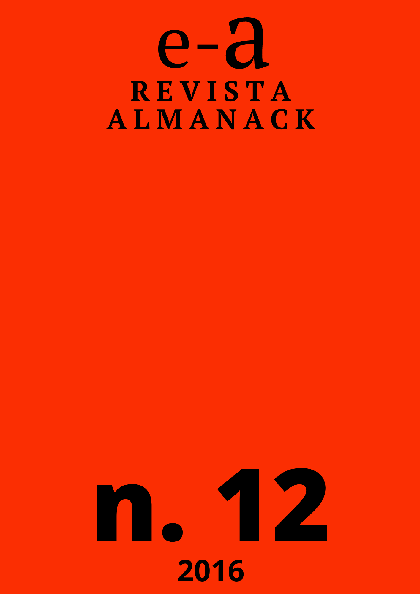
 Português
Português
 English
English
 Español
Español
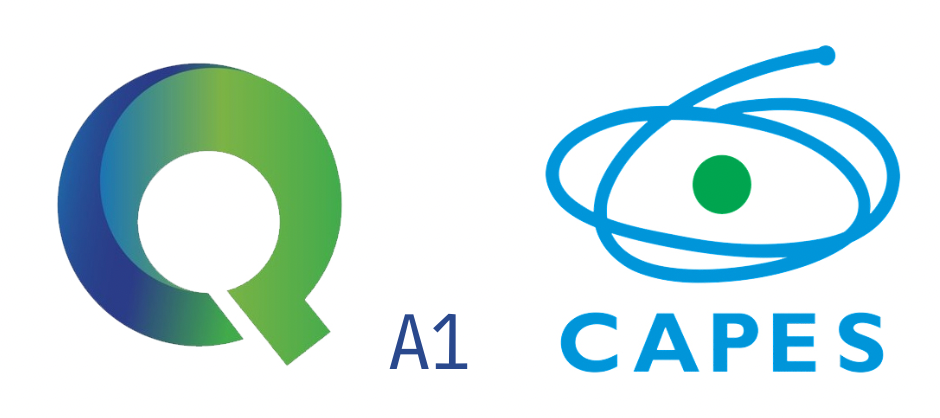
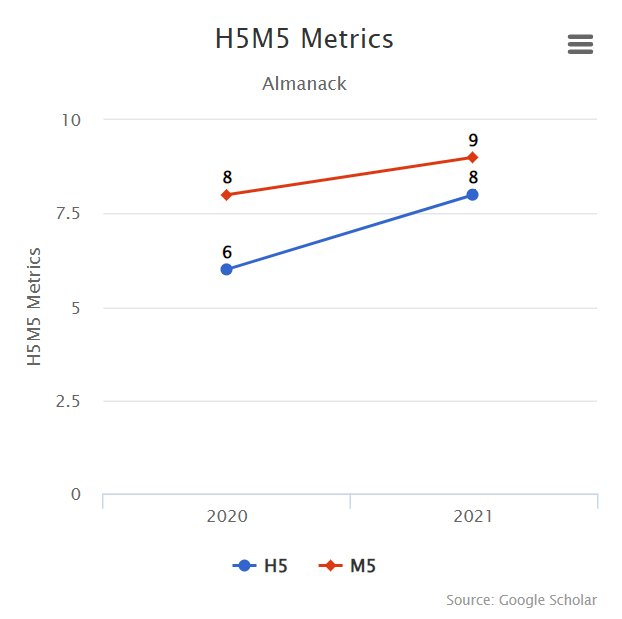

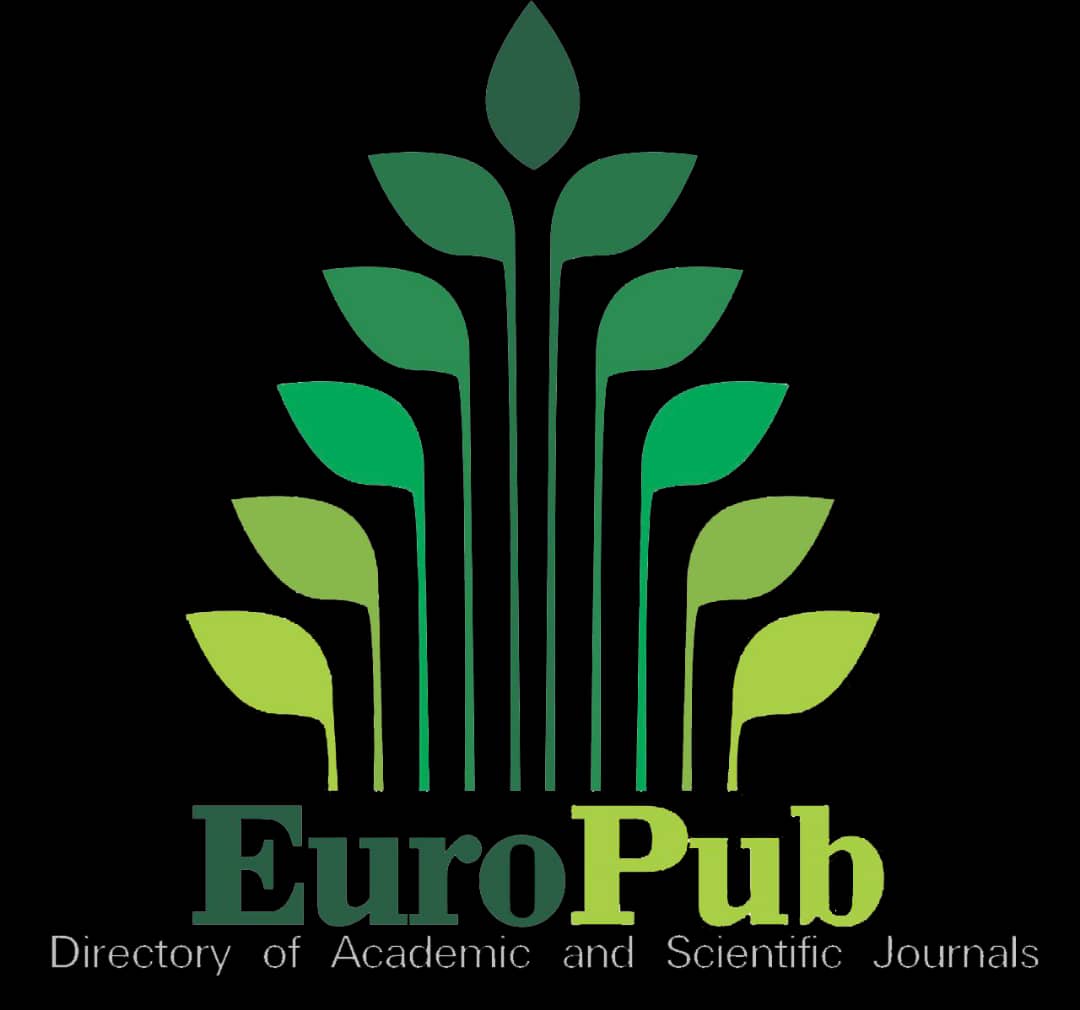
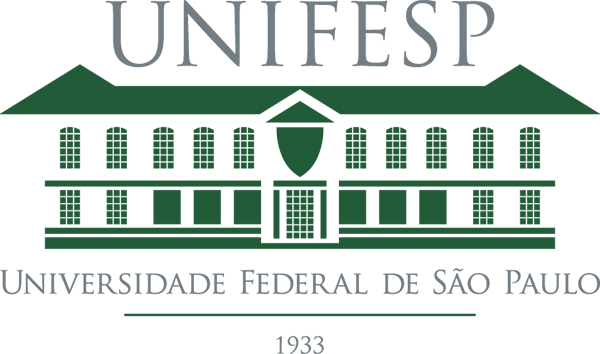
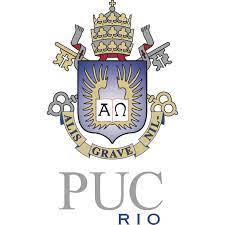

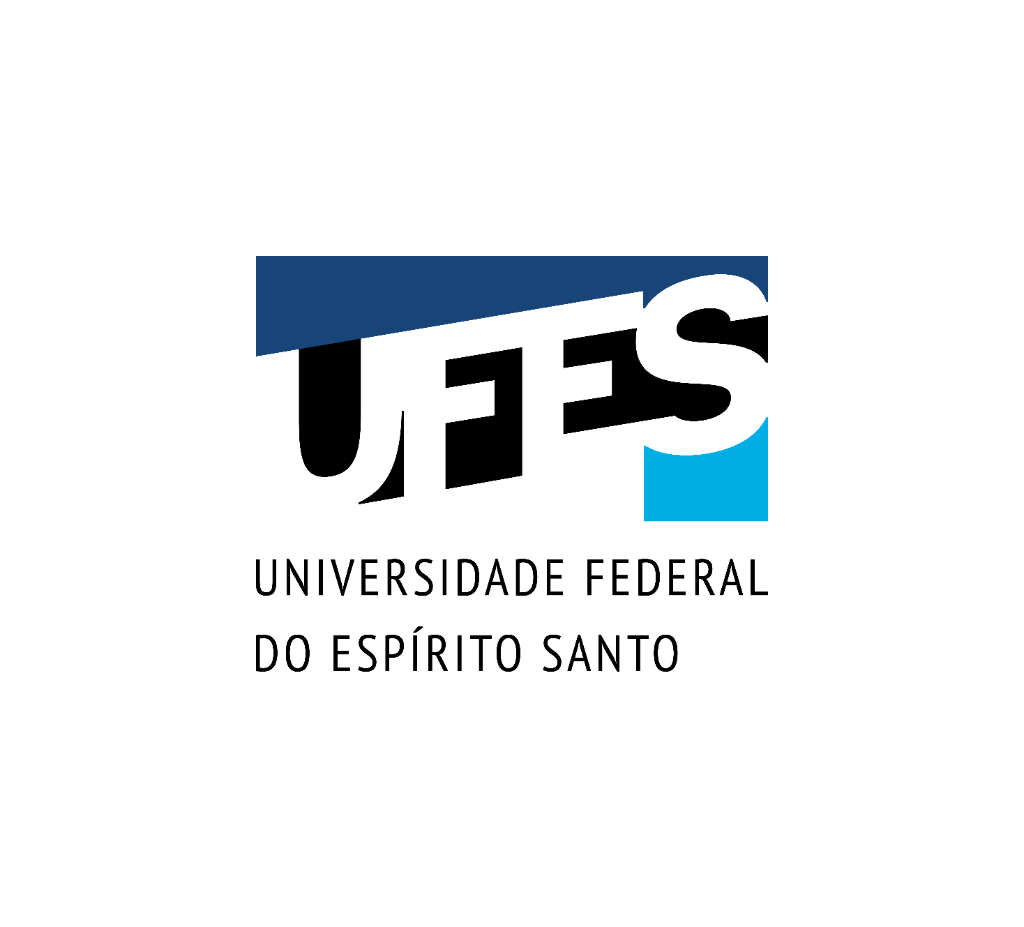



 This journal is licensed under a
This journal is licensed under a